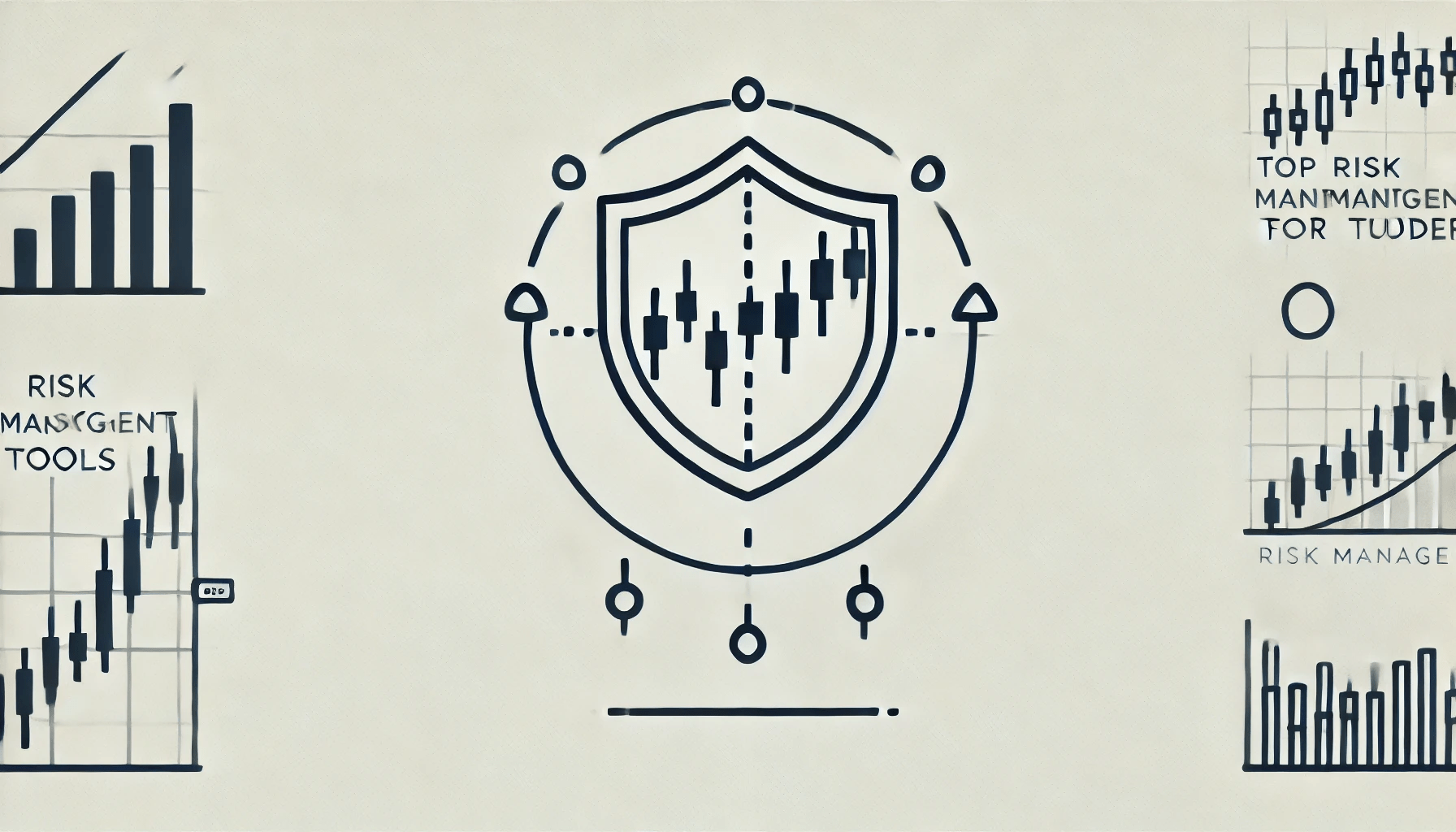Your cart is currently empty!
Top Risk Management Tools for Futures Traders

Futures trading can be highly profitable, but it also carries significant risks. Due to the leverage involved, even small price movements can result in substantial gains or losses. Effective risk management is crucial for protecting trading capital and ensuring long-term success. By employing risk management tools and techniques, traders can mitigate potential losses and maintain a disciplined approach. This article will explore the top risk management tools for futures traders and how to use them effectively.
1. Position Sizing
Position sizing is a fundamental aspect of risk management in futures trading. It involves determining the appropriate size of a trade based on your risk tolerance, account size, and the specific trade setup. Proper position sizing helps limit exposure to any single trade, thereby minimizing the risk of significant losses.
A common rule of thumb is to risk no more than 1-2% of your trading capital on any single trade. By managing the size of your positions, you can protect your account from large drawdowns and maintain consistent trading performance.
2. Stop-Loss Orders
Stop-loss orders are one of the most widely used risk management tools by futures traders. A stop-loss order is an instruction to close a trade automatically when the price reaches a predetermined level. This helps limit potential losses by ensuring that a trade is exited before losses become too large.
For futures traders, it is essential to place stop-loss orders at logical levels, such as below key support levels or above resistance levels, depending on the direction of the trade. By using stop-loss orders, traders can remove emotions from their trading decisions and ensure that losses are controlled.
3. Trailing Stop Orders
A trailing stop order is a variation of the stop-loss order that allows traders to lock in profits as the market moves in their favor. Unlike a regular stop-loss, which remains fixed, a trailing stop adjusts with the market price, maintaining a set distance from the current price.
Trailing stops are useful for futures traders who want to capitalize on favorable price movements while protecting their gains. By using trailing stops, traders can ride a profitable trend while ensuring that they do not give back too much of their profits if the market reverses.
4. Diversification
Diversification is an important risk management technique that involves spreading your investments across different markets or asset classes. In futures trading, diversification can be achieved by trading different contracts, such as commodities, currencies, and indices, rather than focusing on a single market.
By diversifying your trades, you reduce the impact of adverse price movements in any one market on your overall portfolio. This helps stabilize returns and manage risk more effectively, especially during periods of high volatility.
5. Risk-Reward Ratio
The risk-reward ratio is a key tool for managing risk and evaluating the potential profitability of a trade. It compares the potential profit of a trade to the potential loss. For example, if you are risking $100 to potentially make $300, the risk-reward ratio is 1:3.
A favorable risk-reward ratio helps ensure that your potential gains outweigh your potential losses, even if only a portion of your trades are successful. Many futures traders aim for a risk-reward ratio of at least 1:2 or higher to maintain profitability over the long term.
6. Margin Management
Margin management is crucial for futures traders, as futures contracts are traded on margin, which means you only need to put up a fraction of the contract’s value to open a position. However, this also means that losses can quickly accumulate if the market moves against you.
To manage margins effectively, traders should avoid using excessive leverage and ensure that they maintain sufficient funds in their trading accounts to cover potential losses. Using a conservative amount of leverage helps reduce the risk of margin calls and account liquidation during volatile market conditions.
7. Hedging Strategies
Hedging is a risk management technique that involves taking offsetting positions to protect against adverse price movements. For example, if you have a long position in a commodity futures contract, you could hedge by taking a short position in a related market or using options to limit potential losses.
Hedging can help reduce the impact of unfavorable price movements and provide a level of protection for your trading capital. However, it is important to understand that hedging can also reduce potential profits, as gains in one position may be offset by losses in the other.
8. Trading Plan and Discipline
Having a well-defined trading plan is one of the most effective risk management tools for futures traders. A trading plan should include your trading strategy, entry and exit criteria, risk management rules, and goals. By sticking to your trading plan, you can maintain discipline and avoid making impulsive decisions driven by emotions.
Discipline is key to successful risk management. Traders should avoid deviating from their trading plan, especially during periods of market volatility or after experiencing losses. By following a structured approach, traders can reduce emotional decision-making and ensure that risk is managed consistently.
9. Risk Management Software
Risk management software is a valuable tool that helps traders monitor their positions, manage risk, and set alerts for key price levels. Many trading platforms offer built-in risk management features that allow traders to set stop-loss orders, track margin requirements, and calculate position sizes.
Using risk management software can help automate certain aspects of risk management, ensuring that traders do not overlook important steps in protecting their capital. By using technology to assist with risk management, traders can focus on analyzing the markets and executing their strategies.
10. Conclusion: Mastering Risk Management in Futures Trading
Risk management is an essential component of successful futures trading. By using tools such as position sizing, stop-loss orders, trailing stops, diversification, and risk management software, traders can protect their capital and improve their chances of long-term success. Additionally, maintaining discipline and adhering to a well-defined trading plan is critical for managing risk effectively.
Futures trading offers significant profit potential, but without proper risk management, traders are exposed to substantial losses. By incorporating these risk management tools into your trading strategy, you can navigate the challenges of the futures market with greater confidence and consistency.

Mr. Rajeev Prakash
Rajeev is a well-known astrologer based in central India who has a deep understanding of both personal and mundane astrology. His team has been closely monitoring the movements of various global financial markets, including equities, precious metals, currency pairs, yields, and treasury bonds.
